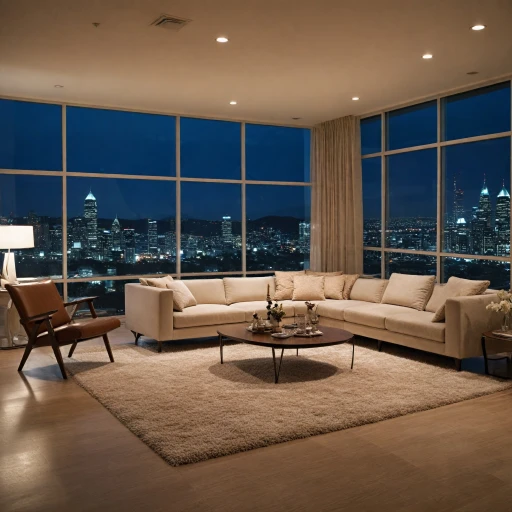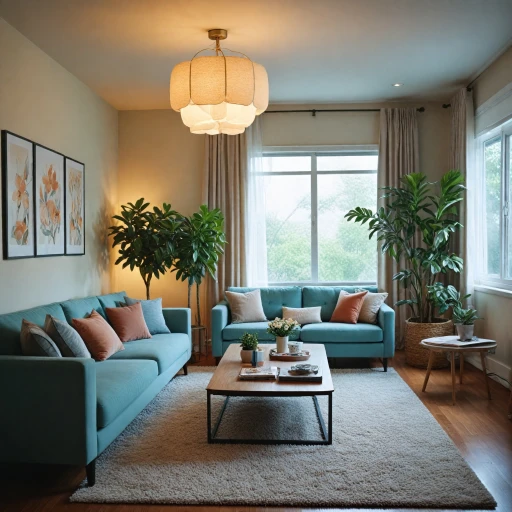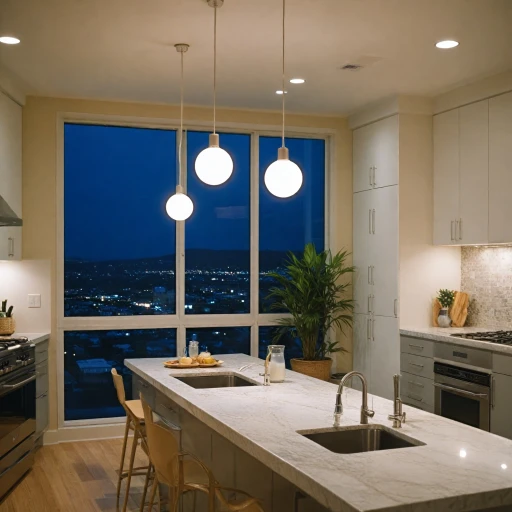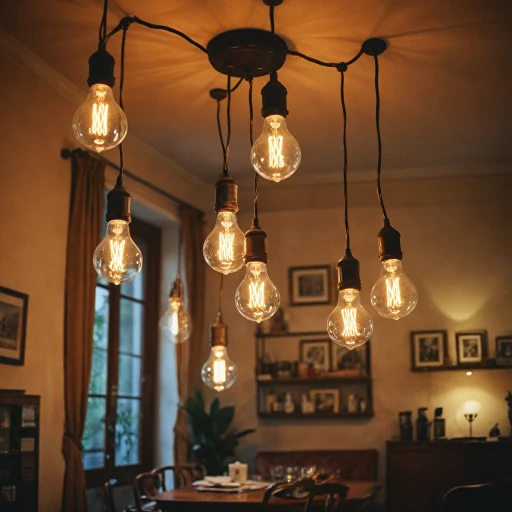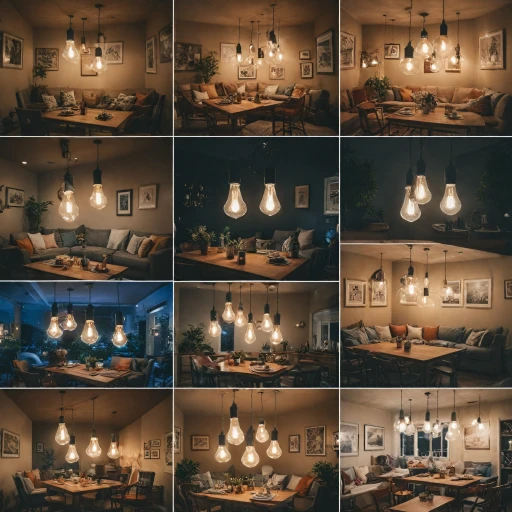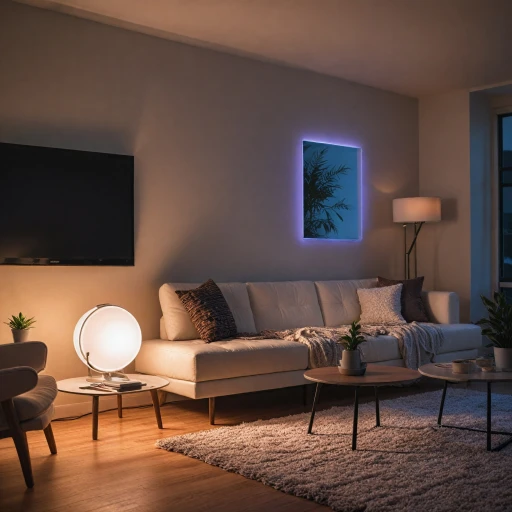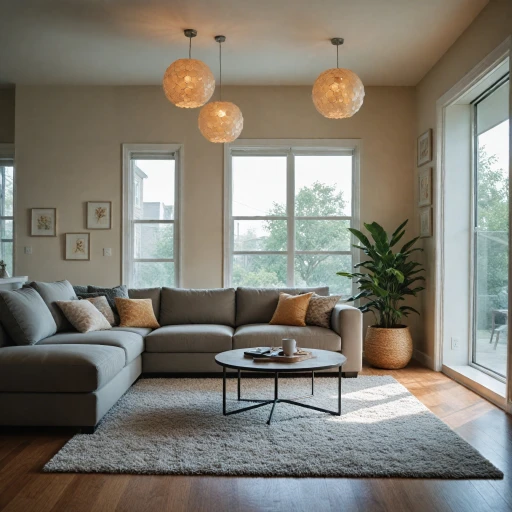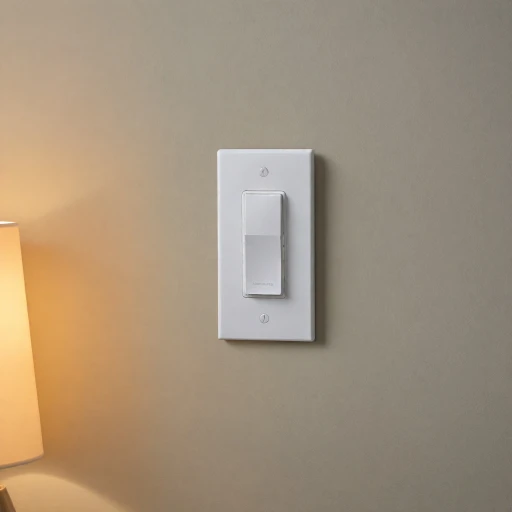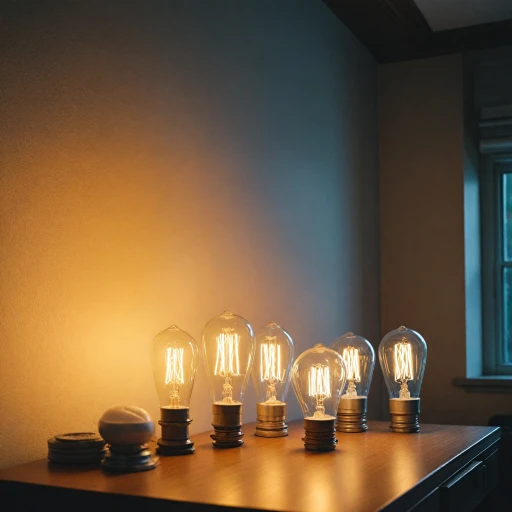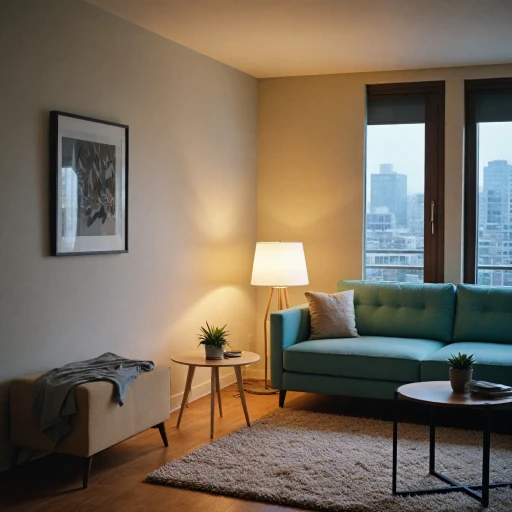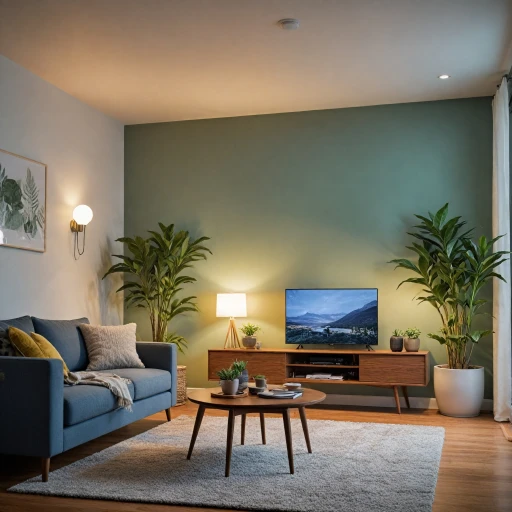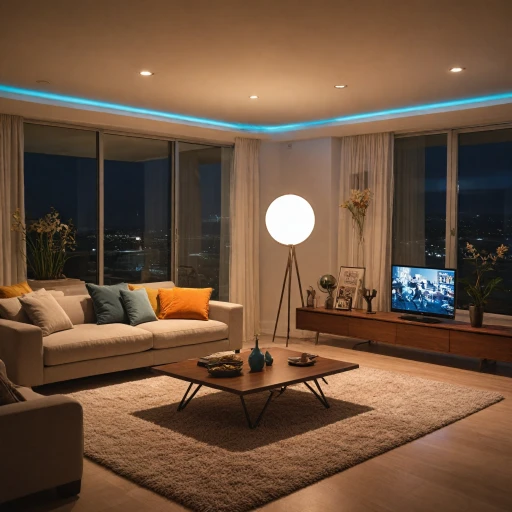
Energy Efficiency and Cost Savings
Maximize Efficiency and Minimize Costs
In an era where energy efficiency is at the forefront, adopting 100W equivalent LED bulbs can significantly optimize your home's energy consumption. These LED bulbs are designed to offer a similar brightness level to traditional bulbs while using a fraction of the energy. Typically, a standard 100W incandescent bulb can be replaced with a 15-20 watt equivalent LED bulb, delivering substantial energy savings. Many households can reduce their energy bills due to the decreased wattage consumption with LED products. Fortunately, making a switch is not just about cutting costs; it's also about contributing to environmental sustainability, a topic further explored in our environmental impact discussion. LED lights are typically ENERGY STAR certified, which ensures efficiency standards and performance. Whether you need a soft white or daylight variety, many LED options come in packs, providing a convenient and economical way to upgrade multiple fixtures across your space. The lower price per bulb in a pack can also lead to long-term cost savings. Dimmable LED bulbs offer even greater potential for energy savings, allowing you to adjust the brightness to your liking and consume even less power when full brightness isn't required. When looking at bulb lumens count, consider your space's size and lighting needs to choose the right balance between super bright illumination and softer lighting. With a transition to energy-efficient lighting, you're not only benefiting your budget but also the broader environment. For more information on energy-efficient home systems, explore this comprehensive guide on utilizing new technologies to enhance efficiency in your home.Brightness and Light Quality
Illuminating Space with Modern LED Technology
When considering LED bulbs, the allure goes beyond just cost savings. Their ability to deliver brightness and light quality distinctly sets them apart in the market. A common metric used to gauge their effectiveness is the lumens output, which gives insight into the brightness levels one can expect from them. For those looking for a soft white ambiance or equivalent daylight glow, LED bulbs provide versatile options. Whether you opt for bright white to energize a workspace or warm white to create a cozy atmosphere, the choices are abundant and tailored to different settings and preferences. Equipped with options such as dimmable features, users can customize their lighting experience further, achieving the perfect mood setting. The LED light's capacity to render colors vividly without distortion is another plus, offering a significant upgrade from standard bulbs. The variety doesn’t end with color temperature. LED bulbs like the 100W equivalent LED bulbs are crafted to meet different aesthetic and functional needs, from decorative purposes to task lighting in a medium base. In essence, when choosing an LED light bulb, it's crucial to consider both the lumens count, ensuring the bulb meets your brightness needs, and the correlated color temperature, giving you the exact hue you seek for your space. Each bulb stands as a well-rounded product, promising efficient lighting with a touch of modern flair. For those interested in the unique blend of modern energy efficiency with an aesthetic touch of antiquity, exploring the charm of vintage incandescent light bulbs in the smart light era can be a fascinating journey.Compatibility with Smart Home Systems
Integration with Your Smart Home Setup
One of the standout features of 100W equivalent LED bulbs is their compatibility with smart home systems. As these bulbs often come with a medium base, they're designed to seamlessly integrate into existing fixtures. This makes them a versatile choice whether you're retrofitting your current setup or starting fresh.
Many LED products on the market today, especially those that are energy star certified, boast compatibility with popular smart home platforms such as Amazon Alexa or Google Home. This means you can easily control your light settings using voice commands or through an app on your smartphone, enhancing convenience and elevating the functionality of your home lighting system to new heights.
Integrating smart lighting allows for the personalization of your lighting preferences. You can adjust the brightness level of these dimmable LED bulbs, switch between different shades of white such as soft white or daylight white, and create custom lighting schedules that suit your daily routine. This flexibility not only adds to comfort but also contributes to the energy efficiency and cost savings explored earlier in the article.
Moreover, choosing a bulb with the right watt equivalent ensures that you achieve the desired light intensity and quality described in other sections. This adaptability, coupled with features like free shipping on select pack counts, makes purchasing and implementing smart LED lighting a straightforward process for any homeowner.
Whether you're looking for super bright settings for your workspace or a gentle, warm white ambiance for the bedroom, the versatility of smart LED bulbs can help transform your space while keeping energy consumption low. Embracing this technology not only enhances your lifestyle but also supports environmental sustainability as discussed in further sections.
Longevity and Durability
Durability and Lifespan of LED Bulbs
LED bulbs are renowned for their impressive longevity and durability, a fundamental advantage when considering lighting options for your home or business. These bulbs typically boast a lifespan significantly longer than traditional incandescent or fluorescent light bulbs. With proper use, you can enjoy bright daylight and warm white illumination for thousands of hours before needing a replacement.- Lifespan Advantages: LED bulbs, such as those with a 100W equivalent, can last up to 25,000 hours or more. This is much longer than standard incandescent bulbs, which usually last around 1,000 hours, or fluorescent lights that might reach 10,000 hours.
- Durability Factors: Constructed without fragile filaments or glass components, LED bulbs are more robust and less prone to breakage or damage. This rugged design, combined with their solid-state technology, makes them ideal for high-traffic areas or outdoor settings where reliability is crucial.
- Consistent Performance: Over their lifespan, LED bulbs maintain consistent light quality and brightness. Whether you’re choosing soft white for a cozy environment or bright white for task lighting, you can trust that these bulbs will deliver stable lumens output.
- Cost-Efficiency: Though the initial price of LED bulbs might be higher than other types, their longevity ensures that you won't have to purchase replacements as frequently. Additionally, many LED products are certified for energy star, which may further maximize savings over time.
Environmental Impact
The Positive Impact on Our Environment
Switching to 100W equivalent LED bulbs isn't just about personal benefits like energy efficiency and cost savings. It also plays a significant role in reducing our environmental footprint. As these bulbs require less energy to produce the same amount of lumens as their traditional counterparts, their impact on energy consumption is considerably diminished. This lower energy demand translates into reduced fossil fuel usage, which is a major source of pollution. Moreover, LED light options often come with certifications such as Energy Star, which guarantee lower power consumption while maintaining superb performance. By choosing certified products, consumers contribute to energy conservation efforts and help minimize carbon emissions on a global scale. LED bulbs are not only more energy-efficient but also drastically reduce waste. Their longevity means fewer bulbs need to be manufactured, shipped, and disposed of over time. This contrasts with older incandescent and halogen options, which require more frequent replacements due to their shorter lifespan. When you begin transitioning to LED bulbs, like the bright white or soft white varieties offering warm or daylight white light, you're choosing a product that aligns with sustainable living. It's a small change that can lead to significant positive outcomes both now and in the future. It's also worth noting that many LED light options available today come in recyclable materials and are free from toxic elements such as mercury. This makes disposal safer and reduces hazards associated with landfill accumulation. Choosing the right LED bulb for your needs not only illuminates your spaces effectively but also helps illuminate a path to a more sustainable future. Consider the variety of LED products available, from dimmable light bulbs to super bright daylight options, to make an environmentally aware decision that suits your standard medium base fixtures without sacrificing style or performance.Choosing the Right LED Bulb for Your Needs
Selecting the Best LED Bulb for Your Needs
When it comes to choosing an LED bulb, several factors play a vital role in ensuring you get the best fit for your living space. Understanding these can help you maximize the energy efficiency and cost savings over the bulb's lifespan.
- Watt Equivalent: Consider the watt equivalent of the bulb, such as 100W, which determines the brightness but with significantly less energy consumption. A 100W equivalent LED is perfect for areas requiring strong illumination.
- Soft White vs. Daylight: The color temperature of the bulb matters. Soft white offers a cozy and warm ambience, suitable for bedrooms and living rooms, while daylight white is brighter and works well in kitchens or bathrooms.
- Light Quality: Evaluate the lumens, as it indicates the brightness level. A higher lumen count means a brighter bulb, useful for task-oriented spaces.
- Dimmable Options: If you prefer flexible lighting atmospheres, opt for dimmable bulbs. This feature allows you to adjust the brightness to your desired level, enhancing comfort.
- Base Type: Verify the bulb's base type, such as medium base, to ensure it fits your lamp or fixture correctly. Misfit bases lead to incompatibility issues.
- Pack Deals and Pricing: Consider purchasing bulbs in bulk, such as a pack, to save on overall costs. Many brands offer packs that come with free shipping, making them cost-efficient options.
- Certifications: Look for certifications like Energy Star, which guarantee energy efficiency and environmental friendliness. Certified bulbs are reliable and backed by industry standards.
By taking these aspects into consideration, you empower yourself to make informed decisions that not only cater to your lighting needs but also offer long-term benefits in terms of environmental impact and durability. Tailor your choices carefully for the perfect blend of brightness, energy-saving capabilities, and longevity.

